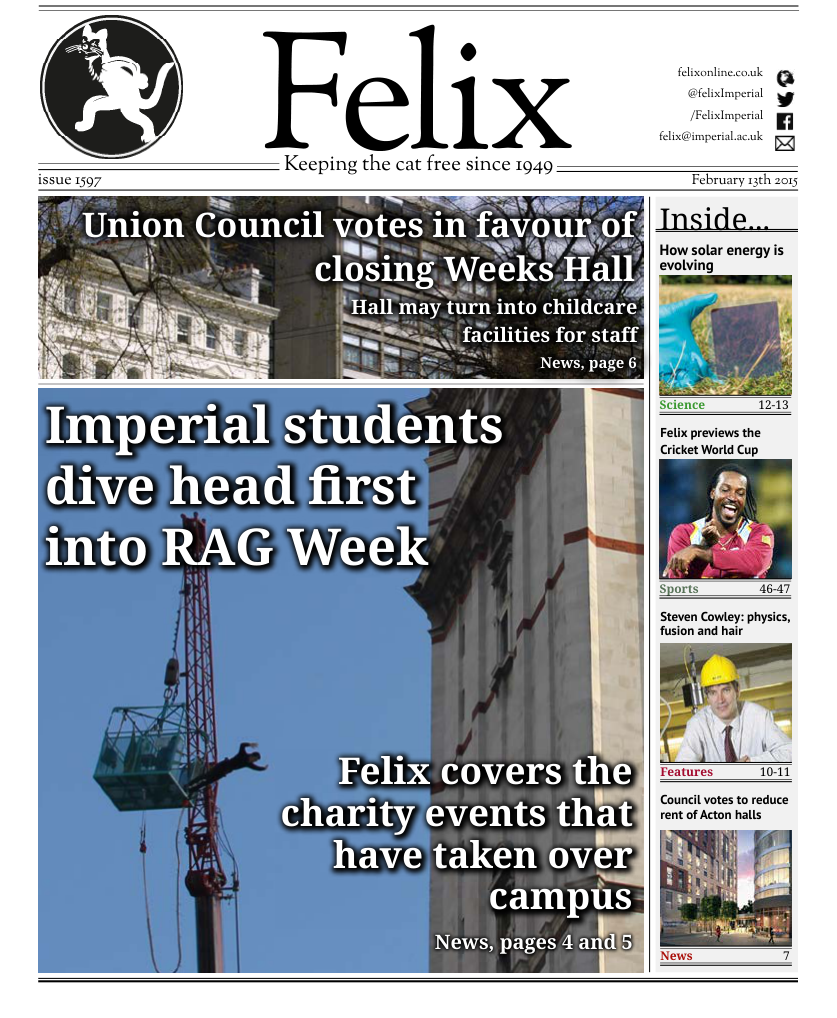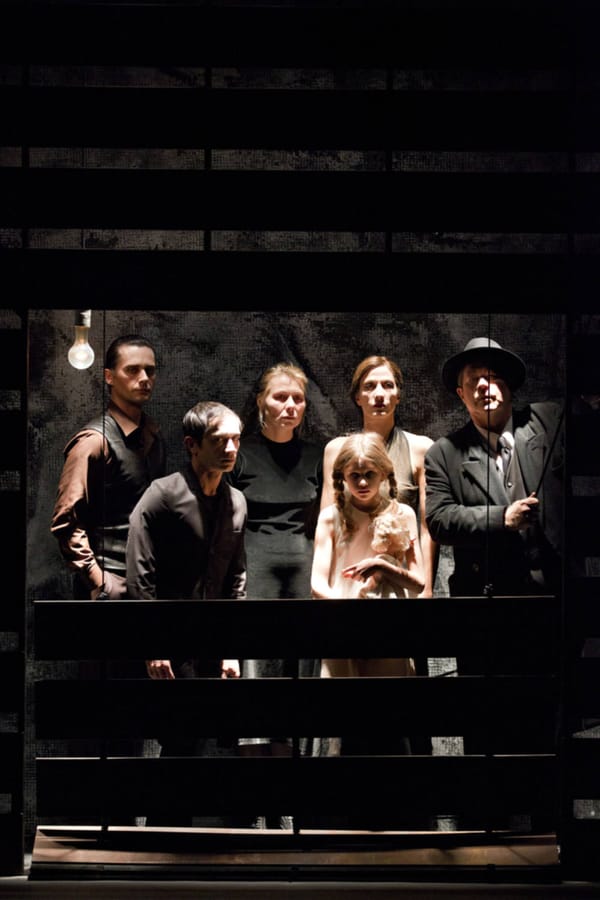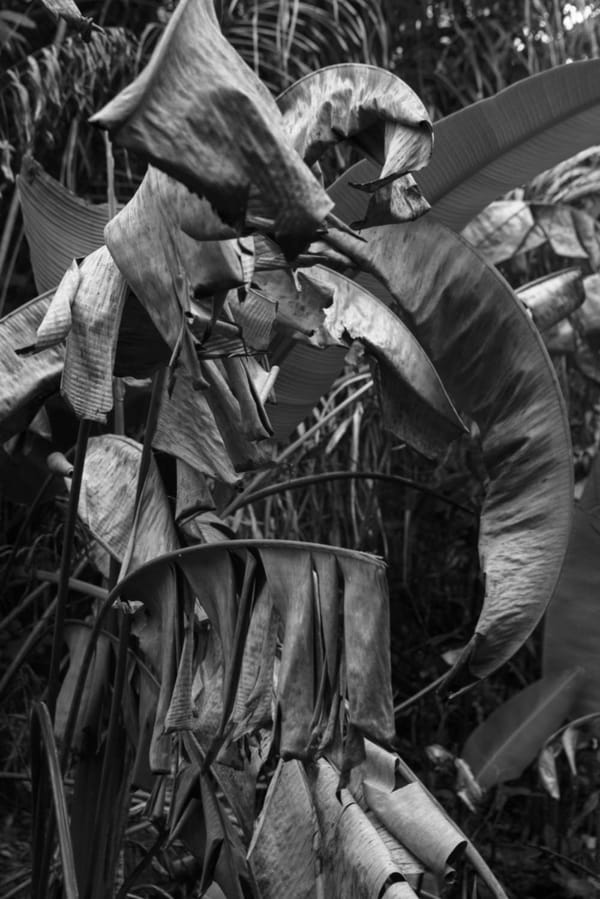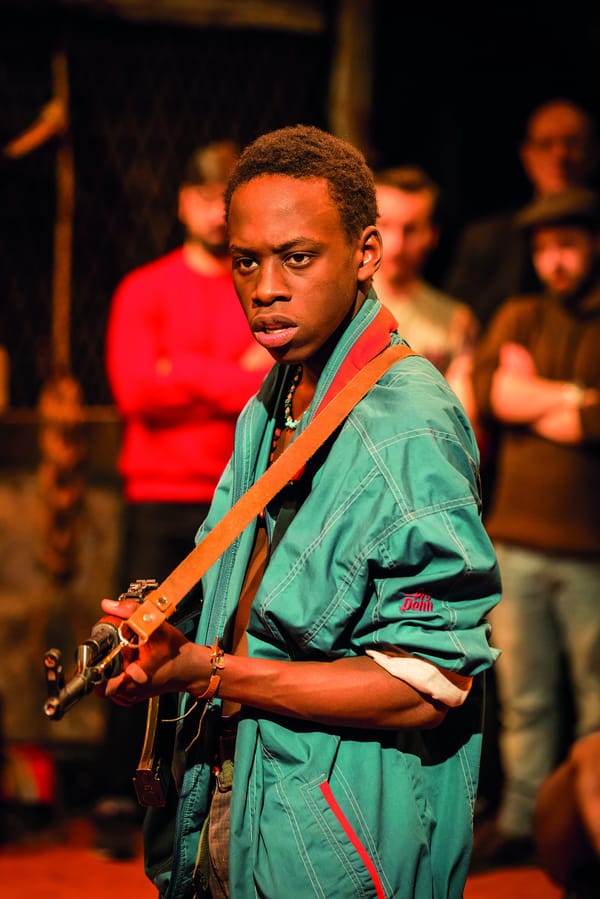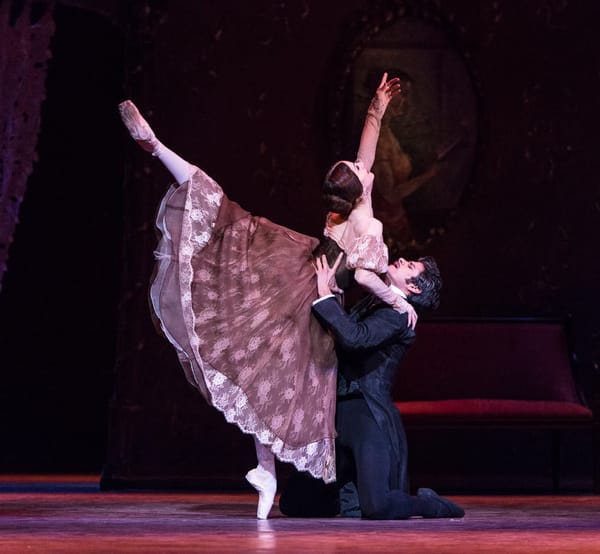Seeing photography in a new light
Jingjie Cheng examines how Drawn by Light reimagines photography
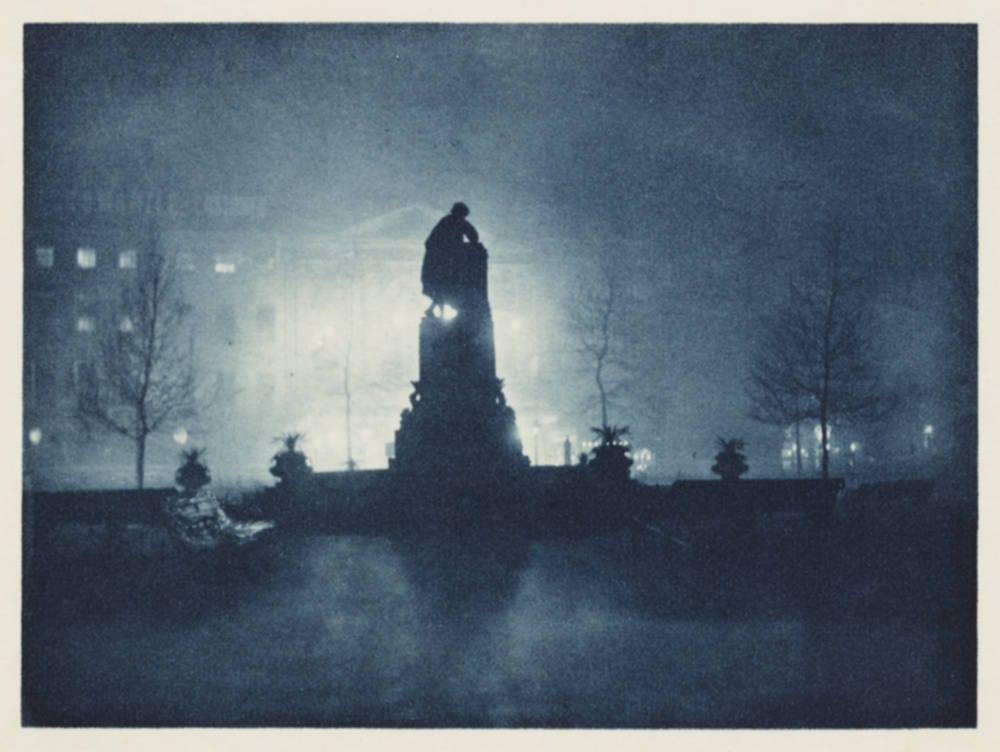
Photography exhibitions are often about particular movements, themes, or individual photographers. Rarely do you find an exhibition as all-encompassing as this show of the best of the Royal Photographic Society’s (RPS) collection. Besides including instantly recognizable photos, such as Steve McCurry’s National Geographic magazine cover photo Afghan Girl, the exhibition is notable for its effort to present a macroscopic view of photographic history, drawing links across time, individuals and whole movements. The Society is in a unique position as both bystander and participant in the major photographic milestones of history, and this exhibition exploits both these roles ingeniously to create a fascinating and informative tribute to the art of photography.
The show is divided into three sections, each of which reveals a different facet of photographic history. ‘Continuity and Change’ juxtaposes similar subject matter in photos from different time periods and photographers, creating a lively dialogue between works that transcends time and context. The streaker held by three policemen in ED Lacey’s photo, for example, and the naked children in James Jarche’s Limbs who are also running away from an officer, unite in a playful defiance of social decorum.
It presents its art in a cohesive way that challenges any notions of individual movements
Across history, there have been certain recurrent themes that photographers consistently return to, and this particular room highlights these similarities very strikingly. From the curvaceous bodies of nudes across time to journalistic photographs of uncannily similar compositions of spectators at a badminton match and bystanders at a policeman’s funeral, photographs have captured the timelessness of the human condition. Particularly delightful is the 1956 piece by Philippe Halsman. Inspired by the jump shots of comedians of the time, he got the Duke and Duchess of Windsor to do one too – which they gamely did, while maintaining their air of composure and dignity!
The RPS, founded in 1853, is the world’s oldest surviving photographic society and its early members consists of the most famous practitioners of the time such as Hugh Welch Diamond and Roger Fenton. It held its first open exhibition at The South Kensington Museum in 1858, which later became the Science Museum and Victoria and Albert Museum. The second room of the exhibition is dedicated to the photographs and photographers themselves that represent the ‘Optimism and Progress’ of the 1850s, a period when photographic techniques and the role of photography in society was developing rapidly.
The exhibition strikes a fine balance between being informative and aesthetic.
True to its role as a participant in the history of photography, the RPS also has a remarkable collection of photos of photographers themselves. In the 1856 piece Photographic Society outing to Hampton Court, a cluster of men in top hats are pictured in front of a carriage, chatting and setting up equipment on a patch of grass – a candid but vivid capture of the spirit of the early RPS. Madame Yevonde’s self-portrait with a Vivex colour camera encompasses the concept of this section of the exhibition – a focus on the drivers and technology that shaped the time. In the centre of the room, there is a recreation of a section of a photography exhibition as it would have looked in the 1850s, with photos densely arranged and with subject matter ranging from busts at the British Museum to landscapes.
Aside from photographs, the exhibition also displays a collection of equipment significant to the development of photography. Three rare original Nièpce heliographs – the first time someone attempted to ‘draw by light’ – are on display, along with Henry Talbot’s camera lucida sketchbook and a portable camera of the 1850s, among others.
In ‘Personal Vision’, the third and final room of the exhibition, works by the same photographer are shown side by side. Some of these have a distinct character and highlight the similarities across works by the same photographer – for example, the gentle, otherworldly landscapes of Ansel Adams or the quirky and whimsical pictures of Richard Polak. Others are vastly different and show the diverse interests of individual photographers. Roger Fenton, best known for his photos of the Crimean War, also took remarkable still life and landscape pictures. This room is thus an interesting companion to the first room – one connects the dots between subject matter while the other invites the viewer to pick out the “personal visions” of individual photographers’ bodies of work.
Drawn by Light is impressively comprehensive, with a diverse range of style and subject across time and place. Pioneers of photography are displayed alongside recent masterpieces, capturing an exquisite view of photography in its entirety. Drawing from the collection of such a historic organization, the exhibition strikes a fine balance between being informative and aesthetic. At the same time, it presents its art in a cohesive way that challenges any preconceived notions of individual photographic movements and photographers that viewers may come in with.
Well-organised and easy to navigate, the RPS collection is definitely a fascinating and enjoyable visit.
Drawn by Light: The Royal Photographic Society Collection is running until 11th March in the Science Museum Media Space. Tickets are £8, £4.50 for students.


